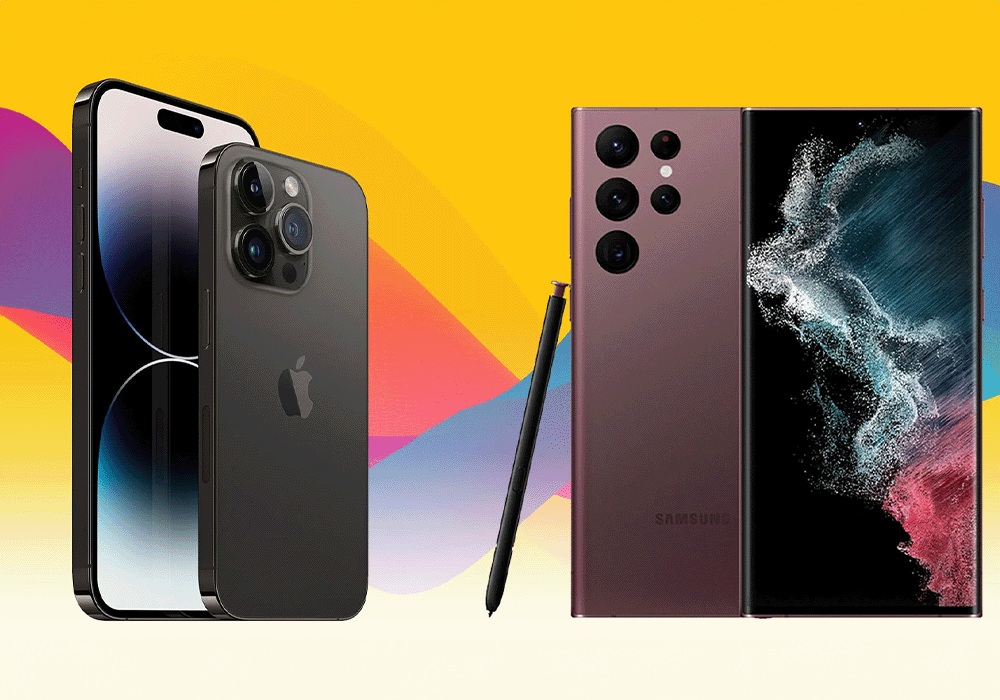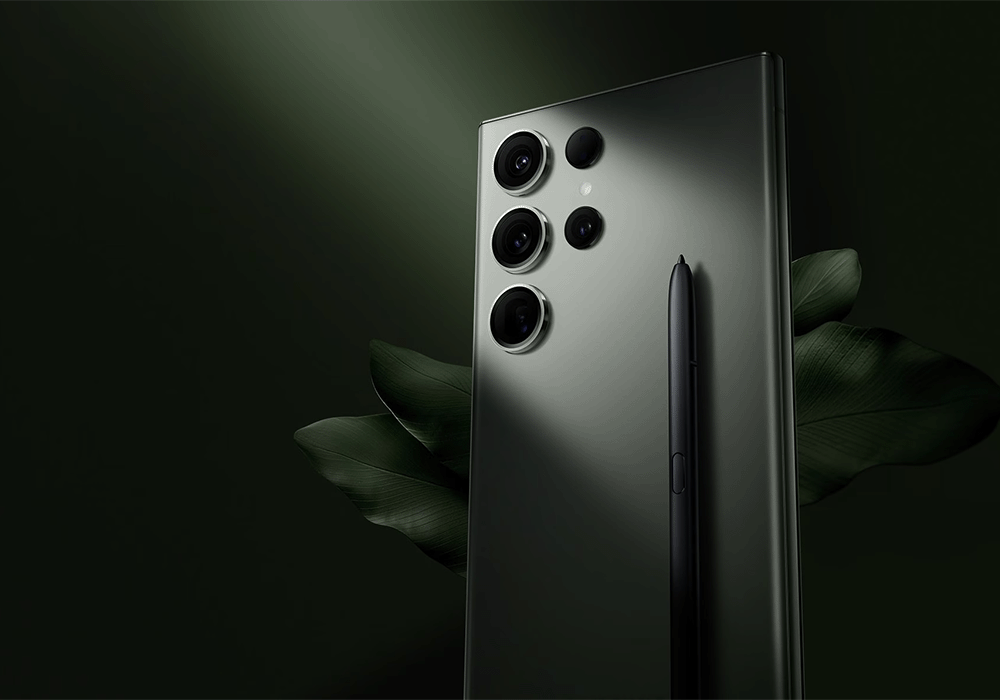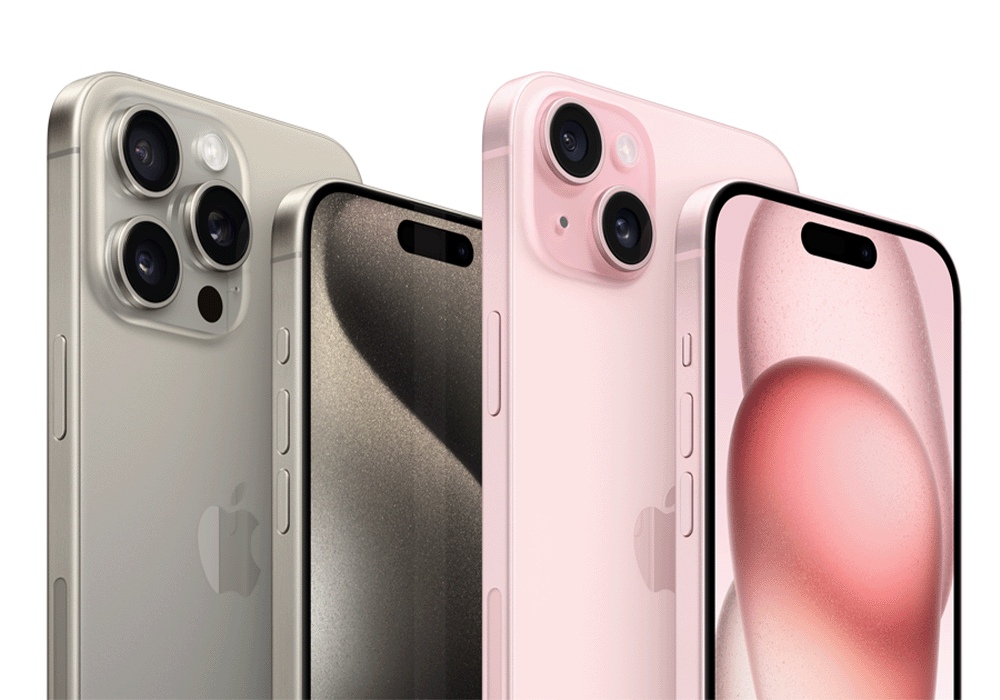Both Samsung and Apple are two of the world's leading companies, and these global powerhouses offer users a great range of products and services. Now, if we talk about Apple, their flagship product is the iPhone, and they also sell MacBooks, iPads, and Apple Watches. This company focuses mainly on design, user experience, and ecosystem integration, and its brand image is quite strong. As we have discussed Apple now, if we come to Samsung, then it has a big contribution to over 22% of the nation's GDP, and they offer mobile phones, tablets, TV'sTVs, Kitchen Appliances, Air Conditioners, and Washing Machines. So, they offer a diverse variety of electronic products. Apart from other products, if we focus on the cameras of these smartphones, there is a lot of evolution of camera technology in the Samsung and Apple smartphones. Now, let's dive deeper into evolution to better understand how they have advanced towards such brilliant technology.
Samsung:
- If we talk about Samsung's first camera phone, it was the SCH-V200, which was released in 2000. It had a 0.35 MP camera but could not display photos on the phone itself.
- After that, in the early 2000s, they had a phone named SCH-X590. This phone could take selfies and had a rotatable camera for front and back shots.
- In 2005, the SCH-V420 was launched. It featured a rotating hinge that allowed the screen to rotate so that it could achieve the landscape orientation.
- Now, again, in 2005, the world witnessed its first 7 MP camera phone, and that too with wide-angle and telephoto lenses, 3x optical zoom, and autofocus.
- After that, in 2010, Samsung introduced the first Galaxy S smartphone, which had a 5 MP main camera and other photo modes.
- With technological advancement, Samsung's Galaxy Models brought features like burst shots, a 16 MP Camera with 10x optical zoom, dual-pixel autofocus, and wider apertures.
Now, if we talk about Samsung's S24 ultra, then its camera may display these features as follows:
MAIN CAMERA
Quad 200 MP, f/1.7, 24mm (wide), 1/1.3 “, 0.6µm, multi-directional PDAF, Laser AF, OIS
10 MP, f/2.4, 67mm (telephoto), 1/3.52″, 1.12µm, PDAF, OIS, 3x optical zoom
50 MP, f/3.4, 111mm (periscope telephoto), 1/2.52″, 0.7µm, PDAF, OIS, 5x optical zoom
12 MP, f/2.2, 13mm, 120˚ (ultrawide), 1/2.55″, 1.4µm, dual pixel PDAF, Super Steady video
Features Video: LED flash, auto-HDR, panorama
8K@24/30fps, 4K@30/60/120fps, 1080p@30/60/240fps, HDR10+, stereo sound rec., gyro-EIS
SELFIE CAMERA Single 12 MP, f/2.2, 26mm (wide), dual pixel PDAF
Features Video: Dual video call, Auto-HDR, HDR10+
4K@30/60fps, 1080p@30fps
Apple:
- Apple introduced its iPhone in 2007, and it had a 2 MP camera. The iPhone 3GS, which came in 2009, improved camera quality and also introduced video recording.
- The iPhone 4, which was released in 2010, had a 5MP camera with LED flash and HD video recording. The iPhone 4S introduced Siri and also had an 8MP camera, which was improved in low light performance.
- The iPhone 5 was released in 2012 and also introduced panorama mode and better image stabilization. The iPhone 6 was released in 2014, and it also had enhanced focus speed and introduced Slow-Motion Video.
- The iPhone 7 Plus featured dual cameras with wide-angle and telephoto lenses for portrait modes, and the iPhone X was released in 2017 and introduced Smart HDR and improved low-light performance.
- You can witness a third ultra-wide camera and Night Mode in the iPhone 11 Pro 2019.
Now, if we talk about Apple's iPhone 15 Pro Max, then its camera may display these features as follows:
48MP Main: 24 mm, ƒ/1.78 aperture, second‑generation sensor‑shift optical image stabilization, 100% Focus Pixels, support for super‑high‑resolution photos (24MP and 48MP)
12MP Ultra Wide: 13 mm, ƒ/2.2 aperture and 120° field of view, 100% Focus Pixels
12MP 2x Telephoto (enabled by the quad‑pixel sensor): 48 mm, ƒ/1.78 aperture, second‑generation sensor‑shift optical image stabilization, 100% Focus Pixels
12MP 5x Telephoto: 120 mm, ƒ/2.8 aperture, 3D sensor‑shift optical image stabilisation and autofocus, tetraprism design
5x optical zoom in, 2x optical zoom out; 10x optical zoom range
Digital zoom up to 25x
Best Options To Choose From:
As we told you about some of the specifications and technologies used in these phones, we tried to tell you how they have changed from the times they started their journeys. Both the phones are top-notch and exceptional in their own ways, and you can check accordingly which one you wanna go with. Theree are some sites that we would like to tell you about where you can grab your phones from. So the sites are Reebelo, Amazon Renewed, Best Buy Outlet, Backmarket, and Geek Deals. These are some of the best sites where you can get refurbished phones. Getting refurbished phones is amazing because you can buy your favorite ones under a budget. So make sure you explore these sites to find your favorite pick.
Personal Recommendation:
Here is a large selection of some top websites. We have selected the top websites to purchase your favorite phones at great prices. Reebelo and Amazon Renewed are two of our favorite websites. It's among the greatest places to look over a wide selection of phones. But out of the two, Reebelo is the one we like the most. Our favorite website is this one for several reasons. People can get their favorites at reduced prices thanks to the deals and discounts on the website.
Conclusion:
Starting from the early 2000s, we can trace the journey of Samsung's camera phones, from the basic 0.35MP camera in the SCH-V200 to the cutting-edge 200MP quad-camera setup with advanced features like optical zoom, wide-angle lenses, and improved low-light performance in the recent Samsung S24 Ultra. Similarly, you can also explore Apple's progress in smartphone camera technology, from the 2MP camera in the original iPhone to the impressive 48MP main camera, quad-camera system, and advanced computational photography features expected in the upcoming iPhone 15 Pro Max. The article also lists recommended websites, such as Reebelo and Amazon Renewed, where users can purchase refurbished and discounted versions of these flagship smartphones to enjoy the latest camera technologies at more affordable prices. Overall, the article effectively showcases the remarkable evolution of camera technology in Samsung and Apple's smartphones, underscoring their commitment to pushing the boundaries of mobile photography and providing users with ever-improving camera experiences.
Shop Now

